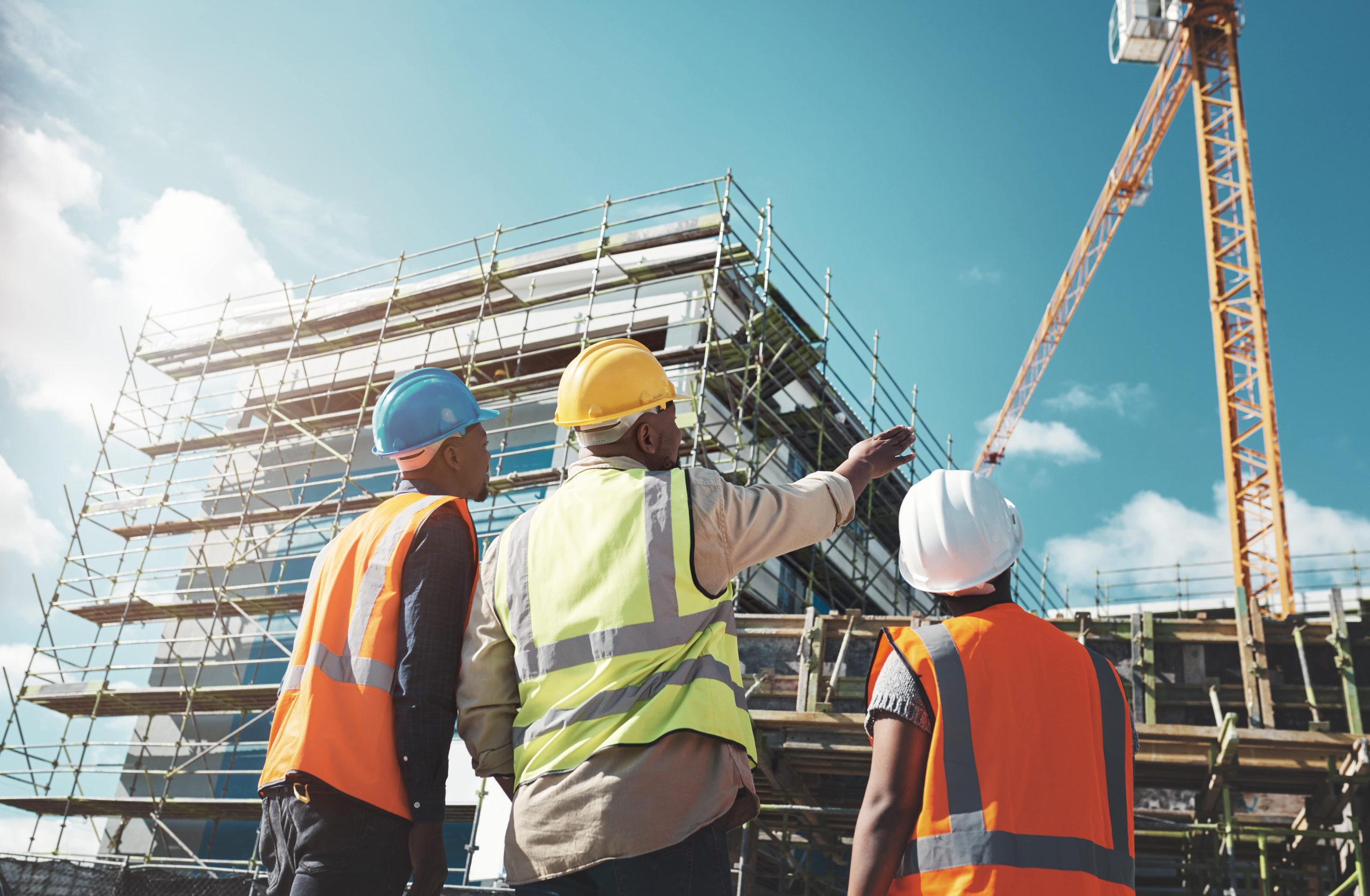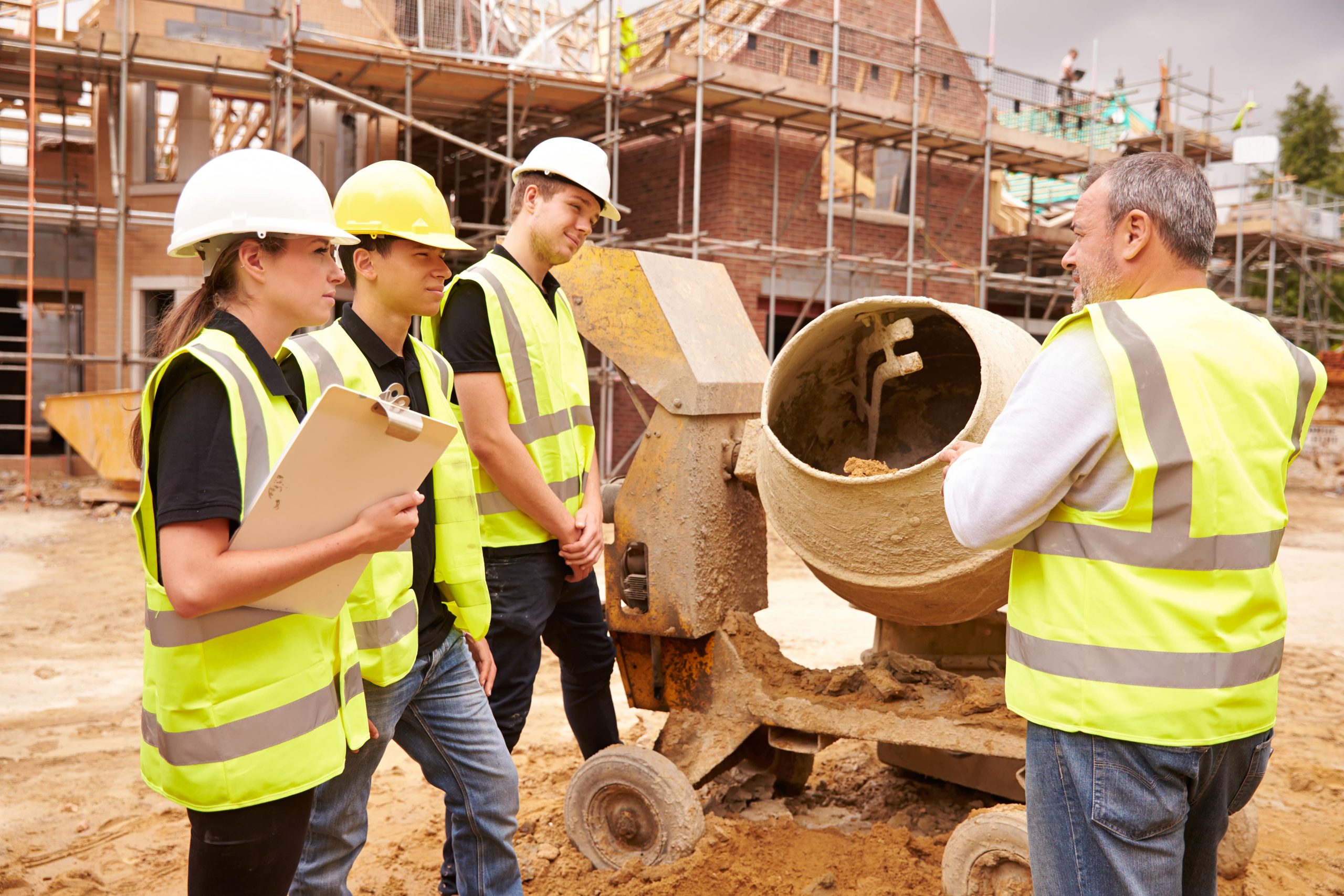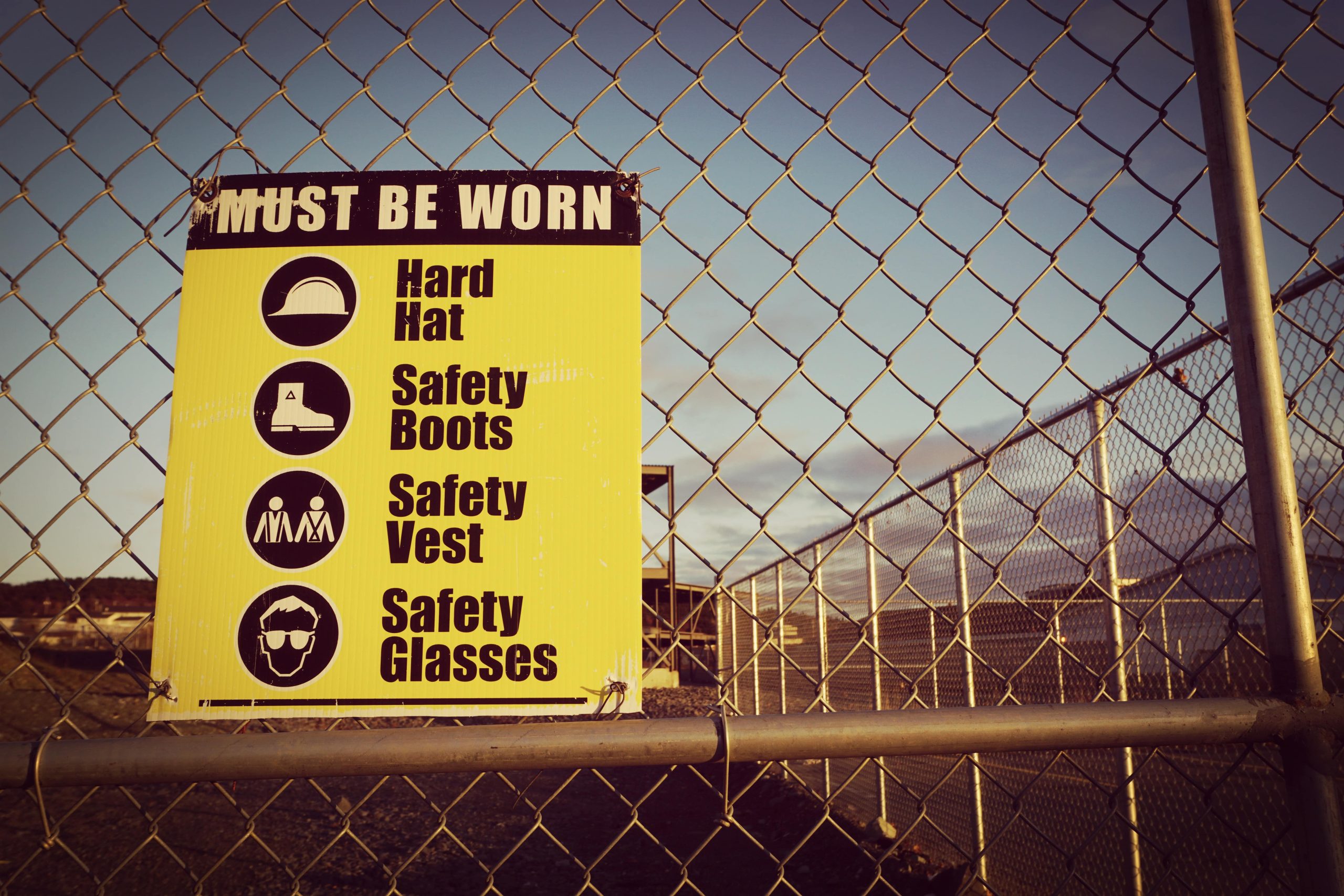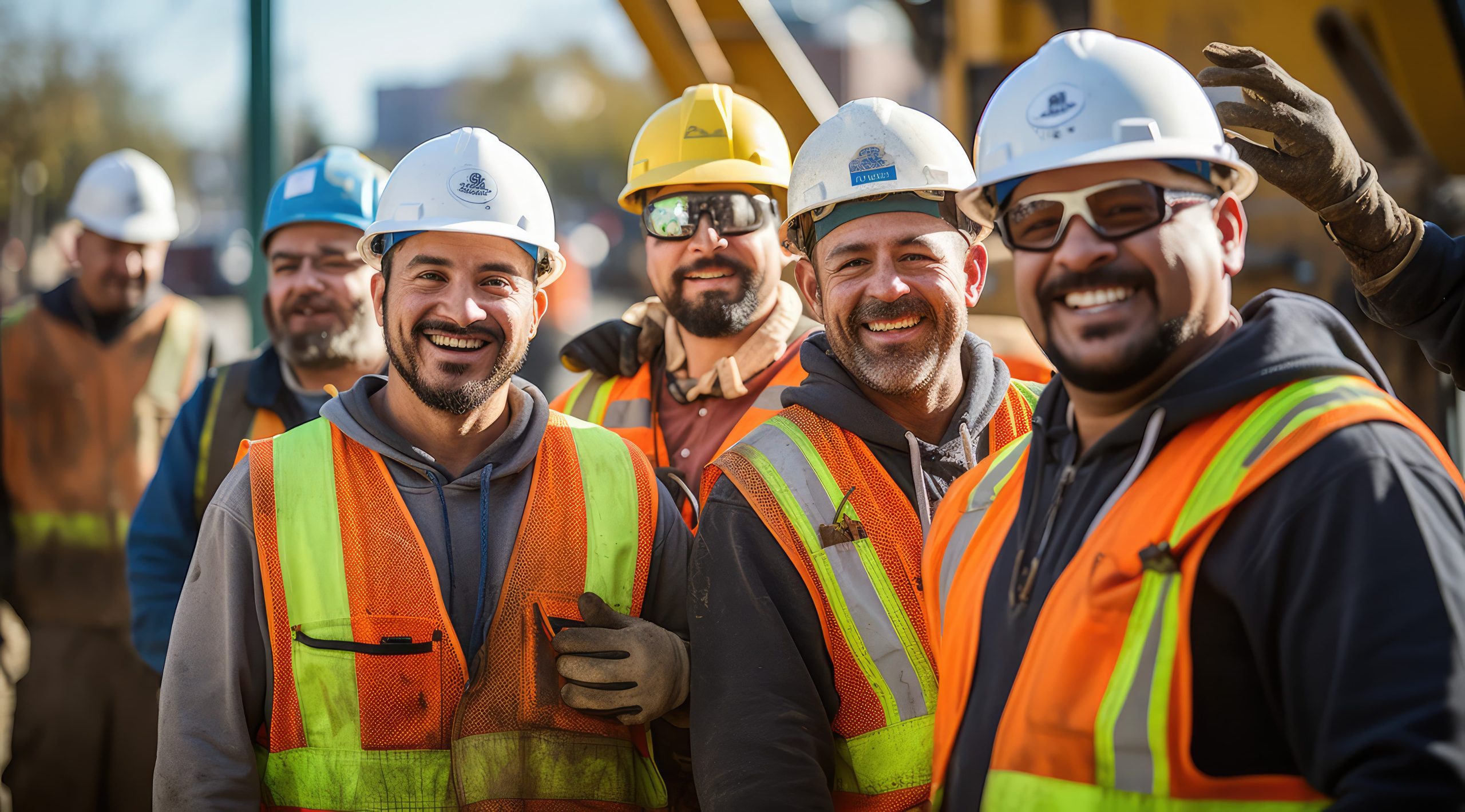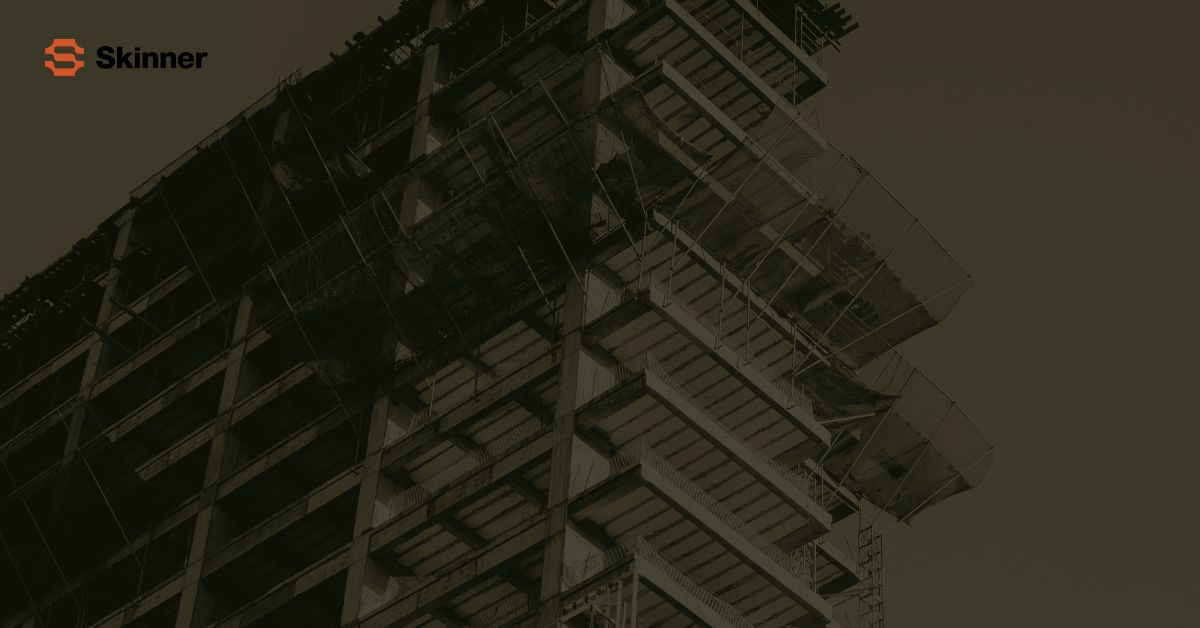Immigrants are an indispensable force in skilled trades. Today, foreign-born workers account for 38% of the Texas construction labor force—and undocumented immigrants are estimated to make up another 23%. Without these tradespeople, the ever-growing construction skills gap would only deepen, threatening project timelines and economic growth.
Now, new immigration policies could challenge the future of construction workforce management. As part of the Trump administration’s widespread mass deportation initiative, regulators are ramping up scrutiny, cracking down on employers hiring unauthorized individuals.
Even if your company follows the strictest hiring practices, new immigration policies could affect your construction recruiting and operations in three ways:
- Elevating hiring competition and construction labor costs.
- Increasing compliance demands and workplace raids.
- Driving heightened workplace tensions for immigrant construction workers.
Keep reading to counteract each of these outcomes and achieve construction success.
Effect #1: A Shrinking Construction Labor Force
Given the sheer number of undocumented immigrants in the construction sector, mass deportations could have a dramatic effect on the number of tradespeople available to hire. A recent report shows the construction industry needs 439,000 new workers to meet demand in 2025—and further reducing the current labor force is certain to exacerbate that number.
Some regulators point to the temporary increase in H-2B visas granted for seasonal or project-based workers in 2025 as a solution. However, as the National Association of Home Builders (NAHB) notes, “even the increased number of available visas may satisfy only half of the total demand for H-2B workers.”
Unsurprisingly, competition for skilled trades workers with permanent legal status is likely to rise in coming years. As we reported in our 2025 Skilled Trades Wage Guide, this growing demand will put pressure on employers to elevate wages well above $20 per hour across occupations.
How Construction Leaders Can Respond
Smart construction leaders are proactively adapting their talent strategies to align labor needs, project timelines, and budgets. Here are five strategies you can leverage:
- Focus on upskilling or reskilling your employees to align your existing workforce with current and upcoming project demands.
- Partner with a skilled trades staffing firm to accelerate the placement of qualified workers in critical workforce gaps.
- Advocate for new pathways to work authorization or permanent residency for immigrant construction workers in your company.
- Build relationships with trade schools and vocational programs to establish a steady talent pipeline with minimal recruiting costs.
- Invest in retention initiatives like career advancement programs and certification stipends to keep skilled workers engaged and loyal—all while attracting new employees.
Effect #2: Increased Compliance Demands
Staying on top of regulatory changes is more important than ever. In 2025, the Trump administration is expected to resume “workplace roundups” on a wider scale. While these immigration raids focused on the manufacturing and meat processing sectors in Trump's first term, construction’s large immigrant workforce could make it a target over the next four years. Savvy construction leaders will be prepared to validate their employees’ legality with accurate documentation.
In Texas, construction companies may face even more compliance demands. For example, a new bill could require construction firms to use E-Verify to confirm immigrant eligibility if they want to receive state contracts.
How Construction Leaders Can Respond
Preparedness is key to navigating the growing scrutiny of construction employers. Consider taking these steps to stay compliant and protect your employees as immigration policies evolve:
- Conduct comprehensive I-9 audits to ensure up-to-date forms are on file for every employee. Be sure to thoroughly review each I-9 form for accuracy, making corrections as needed.
- Proactively leverage E-Verify to confirm the identity and work eligibility of your construction labor force.
- Develop a raid preparedness checklist that designates key points of contact for communications with ICE agents. These contacts should be well-trained on best practices—like verifying that warrants include the company’s information and judge’s signature—and employee rights during a raid.
- Establish immigration law advisors or government contacts to stay ahead of incoming regulations.
Effect #3: Heightened Workplace Tensions
While the financial ramifications of new immigration policies may be the focus for many construction leaders, the cultural impact could be equally as severe. Construction Dive reports fear is rampant among immigrant construction workers—including those with legal authorization to work— due to:
- Rising anti-immigration rhetoric
- Internal I-9 audits
- Some employers giving preference to workers who don’t require reverification
This fear could discourage employees from speaking up about construction site safety concerns in a demographic that already faces heightened work-related injury rates. Plus, it could create heightened tensions in the workplace that hinder teamwork and morale.
How Construction Leaders Can Respond
Investing in culture is key to keeping your construction labor force productive and preventing burnout amid stressful situations. Here are three effective strategies:
- Create multilingual communication channels and offer ESL courses to demonstrate inclusion, all while helping immigrants overcome language barriers.
- Be considerate about how often you’re requesting verification. Excessive requests for documentation could stress out your immigrant construction workers.
- Drive social connection with lunchtime socials, employee resource groups, or team-building activities to help employees feel supported and satisfied.
Strengthen Your Construction Labor Force Amid Immigration Scrutiny
As immigration policies evolve, construction leaders must balance the demands of compliance, workforce stability, and company culture. Companies that successfully navigate these challenges can maintain the momentum of their projects—enabling business growth even as scrutiny grows.
At Skinner, we specialize in connecting construction firms with qualified tradespeople throughout North Texas. When new skills gaps arise, our exclusive network of over 10,000 skilled workers gives you a competitive advantage in the challenging labor market. Plus, our comprehensive screening process ensures all candidates meet legal employment requirements.
Overcome the shrinking construction labor force with ease. Partner with Skinner for unmatched staffing support.
Related Articles:
3 Ways to Avoid Construction Worker Misclassification & Stay Compliant
Are Construction Workers Happy? How to Boost Employee Satisfaction & Improve Your Bottom Line
4 Construction Technologies Closing the Skills Gap in 2025




